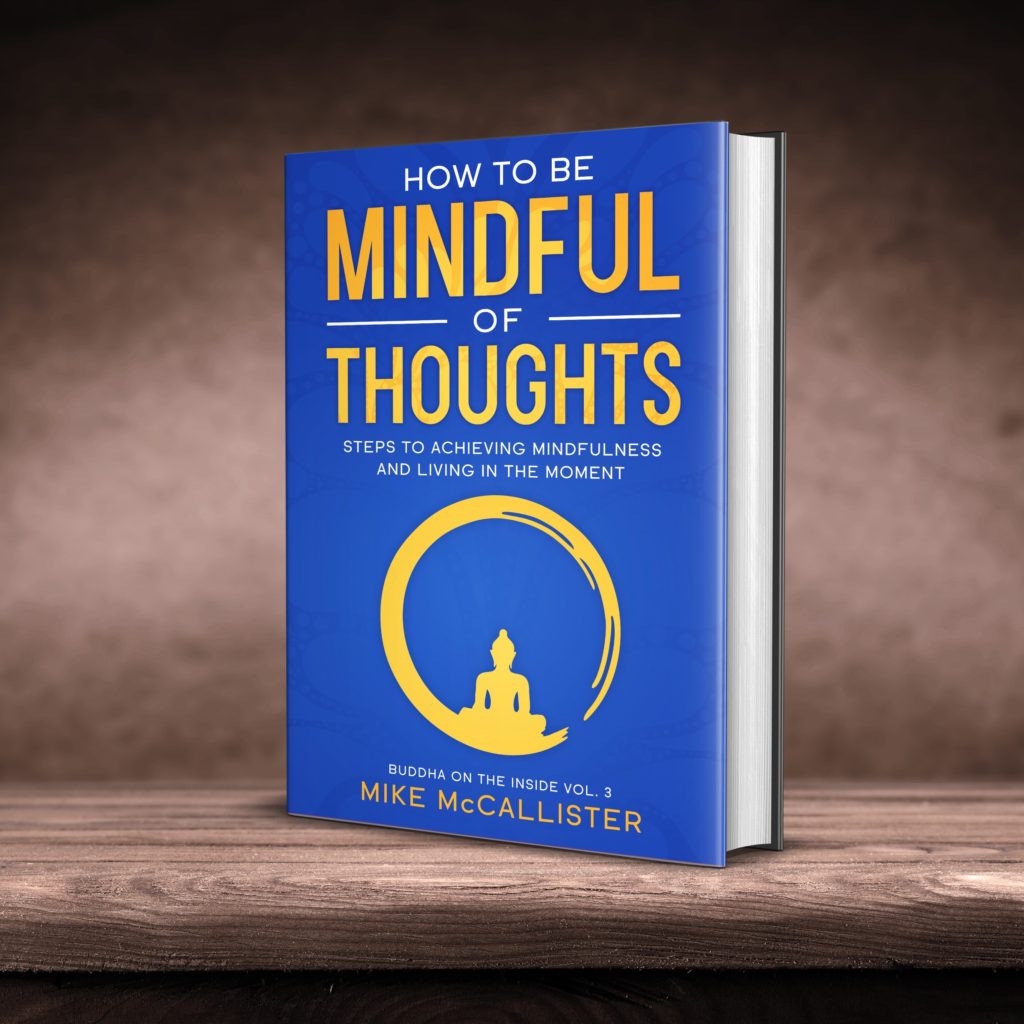
We have already talked about how to turn meditation and mindfulness into lifelong habits.
I am optimistic that if you are experimenting with and implementing the tips we discussed, you can see positive results. In today’s post, I’d like to bring something to your awareness: common mindfulness mistakes you may be committing unknowingly.
Undoubtedly, as you take actions that help ingrain mindfulness into your spirit, you are likely to have noticed some obstacles. These obstacles are usually the mistakes many people make when adopting mindfulness. If unresolved, they can make establishing a peaceful, mindful state of mind a challenge.
Besides sharing common mindfulness mistakes, I’ll also share with you ideas you can use to solve them.
Let’s get started:
#: Thinking it’s ‘easy’
Mindfulness does not purposely seek to be a complicated process or something that makes life harder for you. Its core objective is to make life easy, flowing, and more manageable. Even though that is the case, it is misguided that mindfulness is easy to practice, especially as a one-off thing.
On paper, being mindful sounds straightforward: “sit calmly with your eyes closed and observe your breath.” The reality is very different. Mindfulness is a struggle between awareness of random and grave concerns and choosing to immerse yourself in the present moment.
You need to understand that nurturing mindfulness is an ongoing process. A process that requires you to strive (continually) to be aware of the present moment and make it more meaningful.
How to solve the issue
To overcome this challenge, accept that adopting mindfulness and making it your natural state of being is a lifelong process. One that calls on you to take small, consistent steps to unlock and then hone. Therefore:
Start as low as possible by being mindful of your emotions, thoughts, or breath for 20 to 30 seconds. Over time, increase the duration of the practice until you can practice mindfulness meditation for 15+ minutes at a go.
Additionally, instead of meditating for 30 minutes once a day, practice short, mindfulness-awareness sessions several times a day.
#: Expecting instant results
It is natural to attach some expectations to the act of becoming mindful. These expectations are essential because they also serve as your WHYs.
While there is nothing wrong with having expectations, you need to give yourself time to see the results. Remember this:
Mindfulness is an ongoing process that centers around living in the present moment peacefully and without judgment. You cannot observe a thought for a mere minute, open your eyes, and expect to achieve enlightenment. It doesn’t work like that; unlocking a mindful state of mind takes time, effort, and consistency.
Once you accept that, you will be more committed to working on becoming more mindful.
How to solve the issue
While noticeable effects of mindfulness take time to manifest, small, positive improvements show rather quickly. Some long-term effects of mindfulness include profound peacefulness, a heightened sense of focus, and increased productivity. On the other hand, small improvements include feeling slightly calmer or noticing how the air flutters in your nostrils,
The ability to recognize these small changes is a blessing in itself. In the beginning of your mindfulness habit, focus on such results. Also, compare how distraught you felt before practicing mindfulness/meditative practice to how you feel after it. This before-and-after comparison shall give you a sneak peek into the many incredible benefits you will reap in the long run. This will keep you hooked to the practice.
#: Being particular about where to meditate
It is nice to dedicate a part of your home to practicing meditation. However, it is useless to be too particular about your meditation or mindfulness space.
Mindfulness is a state of mind that you can nurture anywhere and while in any posture. You can do it sitting on a chair in your living room, while standing in the garage, lying down, etc.
Fretting about setting up a dedicated meditation or mindfulness shrine something common among beginners, only adds to your struggles. Another misconception related to this is that you need to meditate in a quiet and dark place only. Remember this:
It is not always possible to find a peaceful, serene place in which to meditate. That, however, does not mean you should quit the practice altogether. Meditation and mindfulness are age-old practices that are aware of the always-in-motion nature of life.
How to solve the issue
First, understand that while it is advisable to set up a meditation spot or shrine, doing so is not mandatory. Also, there are no rules stating that you can only meditate within the confines of a specific space.
You can create your meditation spot, but that does not mean you must only be mindful when there. You can still prepare a meal or dust the floor mindfully. Try to engage in every task you do very mindfully and slowly to become aware most of the time. If you couple that with meditating in your mindfulness spot once or twice a day, you’ll have started well.
If you cannot create a specific mindfulness/meditation spot, don’t let it drive you nuts or keep you from meditating. Just meditate wherever you feel like or are.
Yes, it is better to do so in a quiet, clean place. However, if creating such an environment is not within your control, meditate/be mindful anyway, irrespective of where you are. It is more important to meditate and act mindfully than to find the right spot and then meditate.
As for meditating in a dark place, brush that off for what it is: a myth. Meditating in darkness can help because lights can sometimes be distracting, but doing so is not mandatory. If you feel like meditating in darkness, by all means, indulge. However, if that does not suit you, trying to do so is counterintuitive.
As you work on overcoming these obstacles, do not be too critical of yourself as you seek to practice mindfulness. Remember this:
It’s perfectly fine to wander off in thought when watching your breath. It is also OK to be mindful for only 30 seconds, even after being consistent for three weeks.
Remember that mindfulness and meditation are lifelong journeys; treat them as such. Stop judging yourself and appreciate the little improvements you make because we all learn at a different pace.
If practicing meditation and mindfulness proves challenging, you can seek guidance from guided meditation or mindfulness apps. We shall discuss these in the next article:

In my book – How To Be Mindful Of Thoughts: Steps To Achieving Mindfulness And Living In The Moment (Buddha on the Inside Book 3), I discuss various other approaches you can use to increase mindfulness. Get your copy and see your productivity at work increase rapidly.
Written with beginners in mind, It will teach you:
- The basics of mindfulness, including what it really is, what it entails, how it works and more
- Why you need to nurture mindfulness
- How mindfulness and leadership coexist
- How to transform your life with different mindfulness techniques
- How to observe your thoughts, manage your emotions and feel good with mindfulness-based meditative techniques
- How to make mindfulness part of your everyday life to derive all its benefits
…And so much more!

Get your friends and family to practice mindfulness too with the widely acclaimed The Ultimate Inner Peace Affirmation Audio Series To Attain Nirvana!



